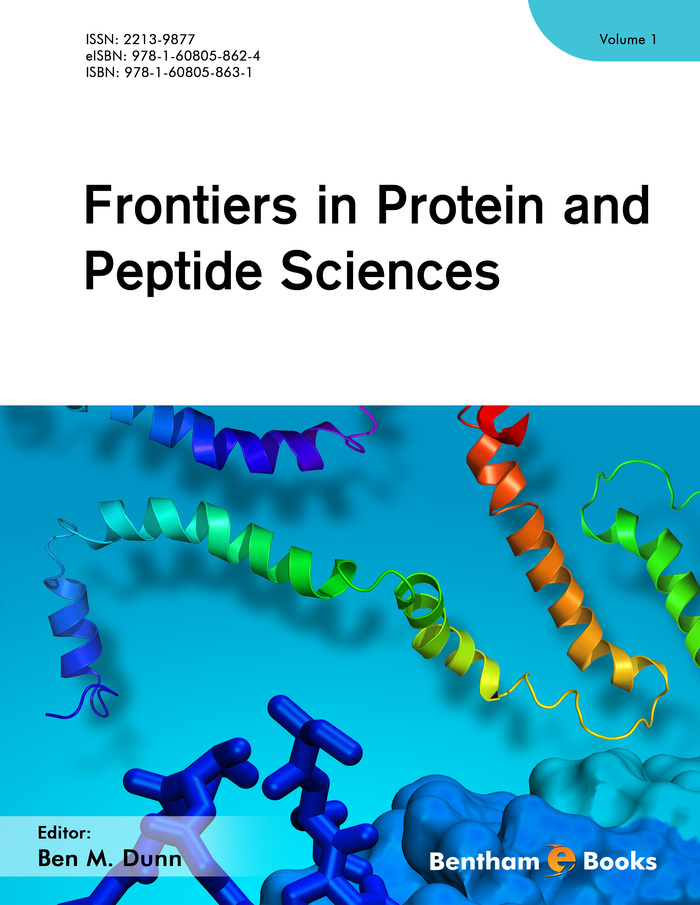Foreword
This year, Protein and Peptide Letters is in its 20th anniversary. Over the years,
this journal played an important role not only in the illumination of protein and
peptide science, but also in the development of several generations of protein and
peptide scientists around the globe. As of June 12, 2014, WEB of Science listed
2,265 papers published in Protein and Peptide Letters that were cited 12,405
times. Curiously, although the number of annually published papers reached a
plateau in 2005-2006, the number of annual citations of the papers published in
Protein and Peptide Letters keeps its steady growth.
The first volume of “Frontiers in Protein and Peptide Science” edited by Prof. Ben
Dunn represents an exciting collection of 11 papers which are the revised and
updated versions of the manuscripts originally published in Protein and Peptide Letters. Papers for this volume were selected based on the number of citations that
the original articles received. Therefore, the resulting volume represents a set of
“the best of the best of the best” studies extracted from the Protein and Peptide
Protein and Peptide Letters and covers a broad variety of topics ranging from protein function, to
protein folding, and to computational methods for prediction of protein structural
and functional properties.
Curiously, some authors of the best performing publications are frequent guests in
Protein and Peptide Letters, whereas others published just one “hit”. Papers
included in this volume talk about structure and functional properties of
hemoglobins from snakes, discuss major enzymes of the endocannabinoid
metabolism, represent anti-apoptotic and oncogenic functions of Hsp27, show the
results of the molecular modeling of CYP2C19 SNPs, represent new updates
related to understanding of the folding rates and folding nuclei of globular
proteins, discuss the roles of heat shock response agents in diseases, talk about
prediction of protein secondary structure content, provide analysis of sequence
divergence in metabolic proteins of Plasmodium falciparum, and show how
computational tools can be used to predict protein subcellular locations, types of
membrane proteins, and types of Golgi-resident protein. The volume will be
particularly useful to basic investigators, applied scientists, and clinicians
interested in the latest advances in the field of protein and peptide research.
Vladimir N. Uversky
University of South Florida
USA

